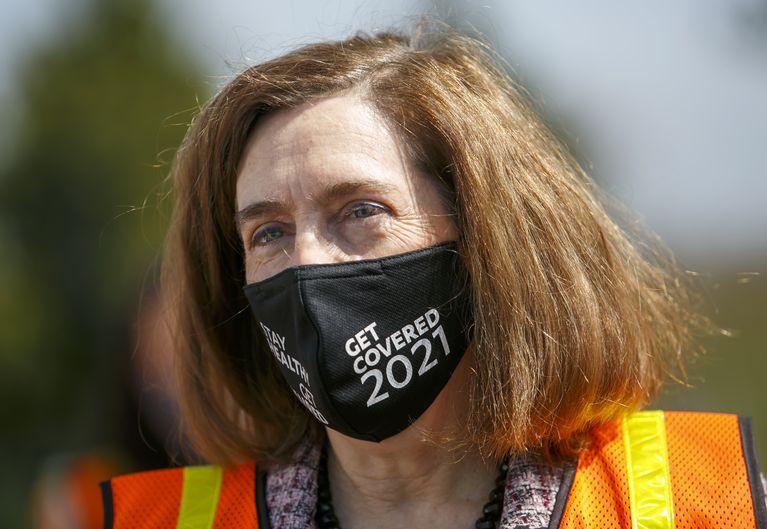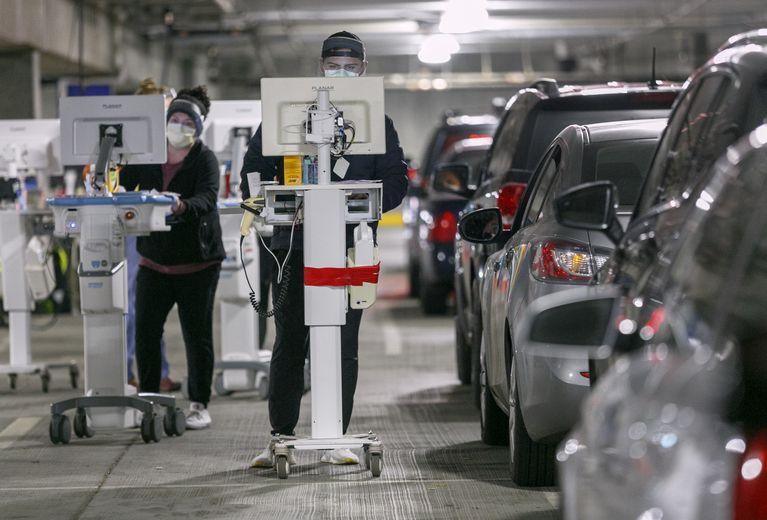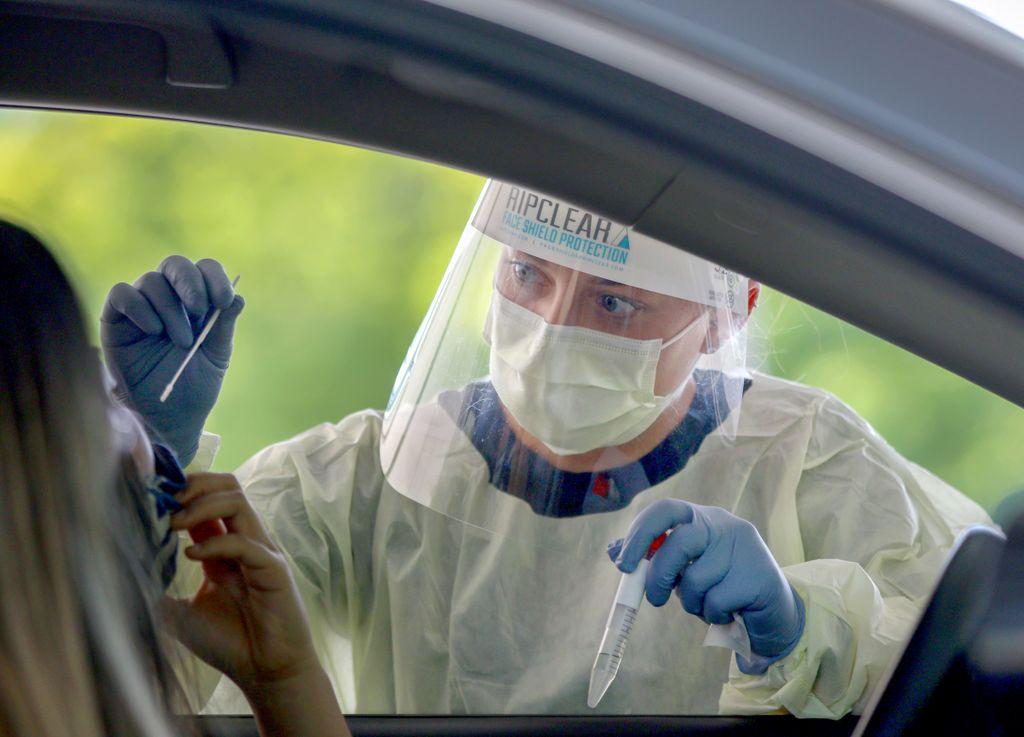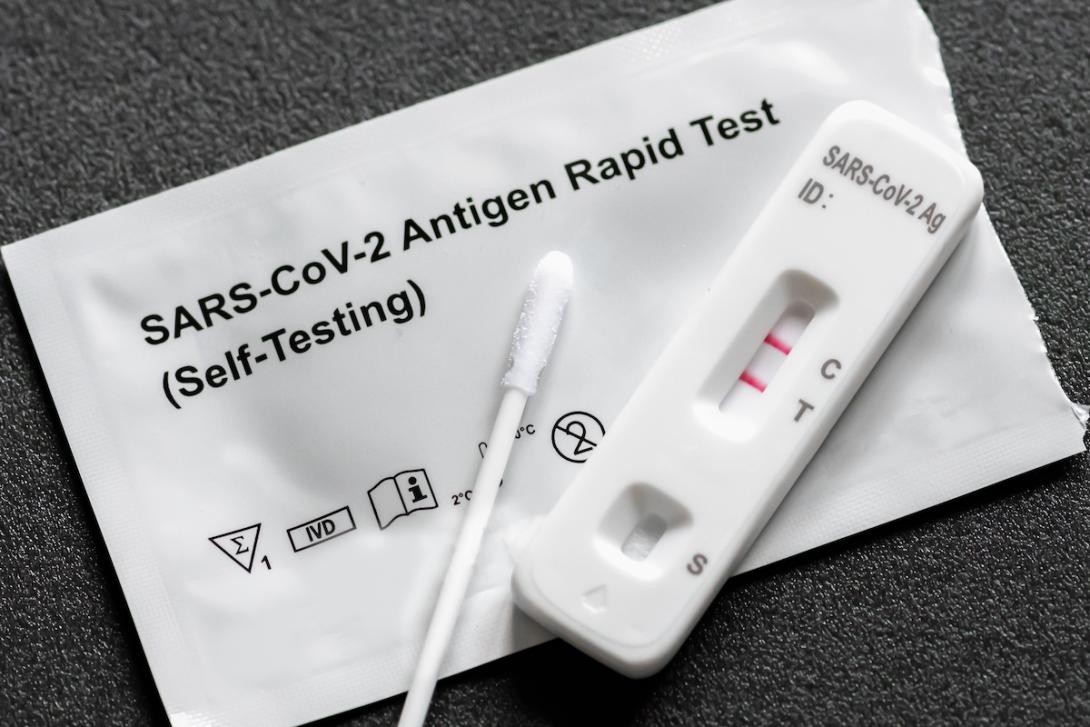Image
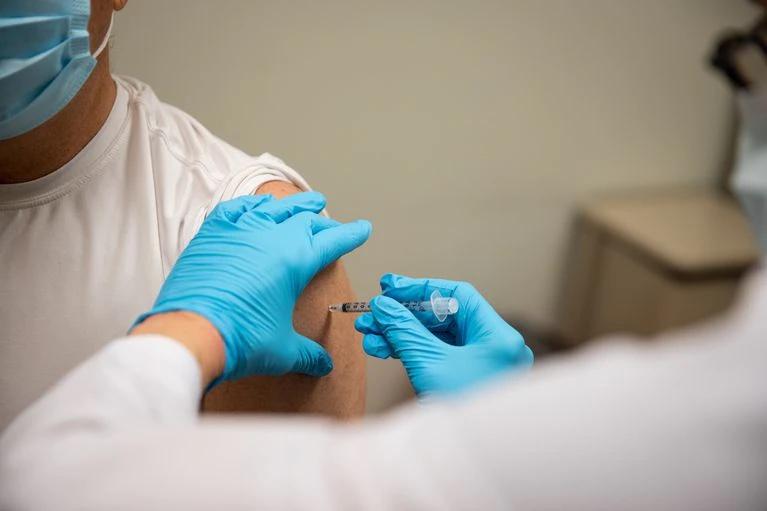
A COVID-19 VACCINE IS ADMINISTERED AT THE DESCHUTES COUNTY PUBLIC HEALTH DEPARTMENT IN BEND, JANUARY 2021./BRADLEY W. PARKS/OPB
Lessons From Oregon’s July COVID-19 Breakthrough Report
Few breakthrough cases led to death, and the unvaccinated are six times more likely to catch COVID-19.
Aug 9, 2021
